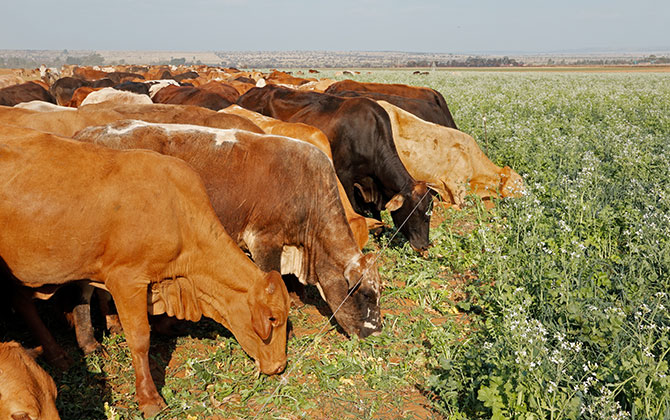
Introducing new Molatek product: Pasture Master
7th May 2020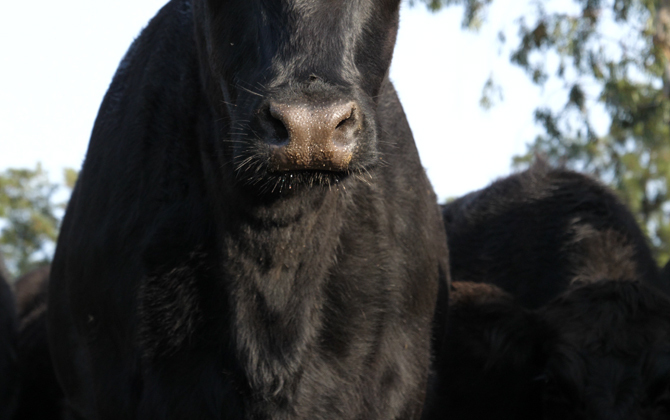
How to prevent urea poisoning
25th June 2020The importance of energy in ruminant diets
The importance of energy in ruminant diets is indisputable. As we have previously discussed, the major components of any animal feed can be broken down into carbohydrates, proteins, fats, moisture, minerals and vitamins etc. Where proteins are predominantly broken down into amino acids by the animal’s body to be used for the building of muscle, carbohydrates and fats are predominantly used as energy sources for the animal.
The energy that an animal receives through its feed is vital for maintenance processes like breathing, excretion and digestion, but also for reproductive processes. If an animal does not receive enough energy through its feed it may start displaying signs of energy deficiency such as decreased appetite and weight loss, loss of condition, poor growth and reproductive performance. This means that energy is also highly important to the farmer and his business.
Ruminants like cattle, sheep and goats have the ability to digest carbohydrates in plant material that other monogastric animals like pigs and chickens are not able to. This includes carbohydrates like cellulose, hemicellulose and lignin which are found in plant walls. This ability is what makes ruminants able to consume higher amounts of plant material like grazing and forage and gather energy from it.
However, problems may occur when there is a shortage of palatable grazing material as livestock may be unwilling to consume this material, which makes it necessary to use a supplement like molasses, either as molasses meal or in a liquid form.
Molasses is a by-product of the sugar making process and usually comes from sugar cane or sugar beets. Molasses is high in energy, is suitable for feeding to both beef and dairy cattle, as well as to sheep, goats and game animals.
It is also rich in necessary B vitamins and trace minerals that keep animal health and performance high and can be used as a replacement for a certain percentage of grain in self-mixed rations.
Other advantages of molasses in a meal or liquid form includes increasing the intake of veld or pasture roughage because of its high palatability. It contains nitrogenous protein that the microbes in the animal’s rumen are able to utilise and can be used as a binding agent in the production process of feed pellets.
Molatek has a Molasses Meal and Liquid Feed 35 that is suited to any farming operation.
Because of the inclusion of urea in molasses it is highly recommended that feed guideline recommendations are adhered to. Contact your nearest Molatek Technical Advisor if you would like to learn more about how the Molatek molasses meal or Molatek Liquid Feed 35 can improve your livestock performance.
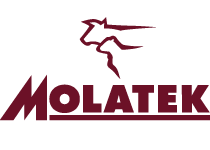
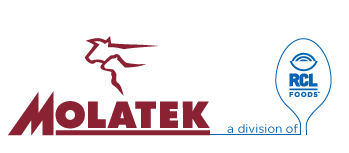
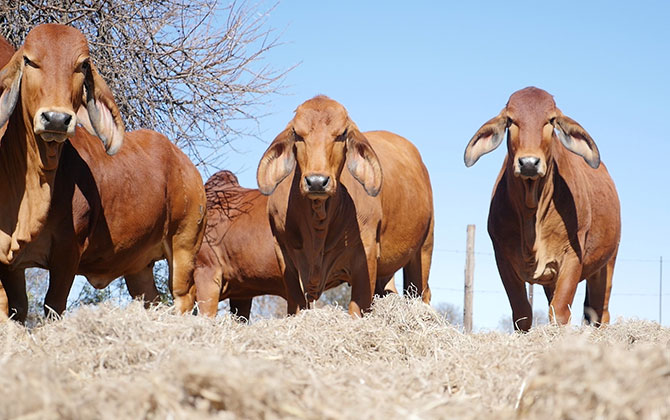

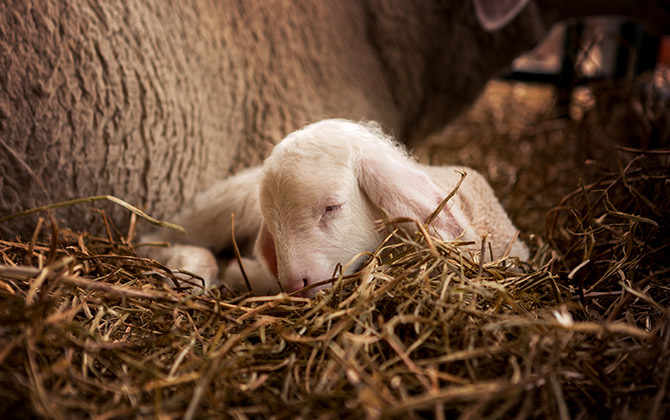
2 Comments
Thanks always for the best advice
THANK for good onfo